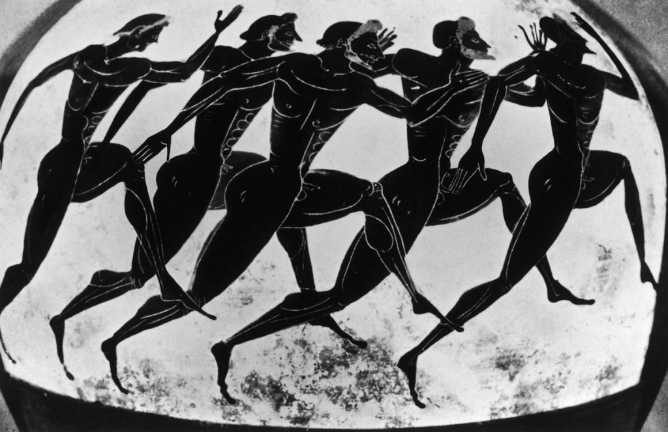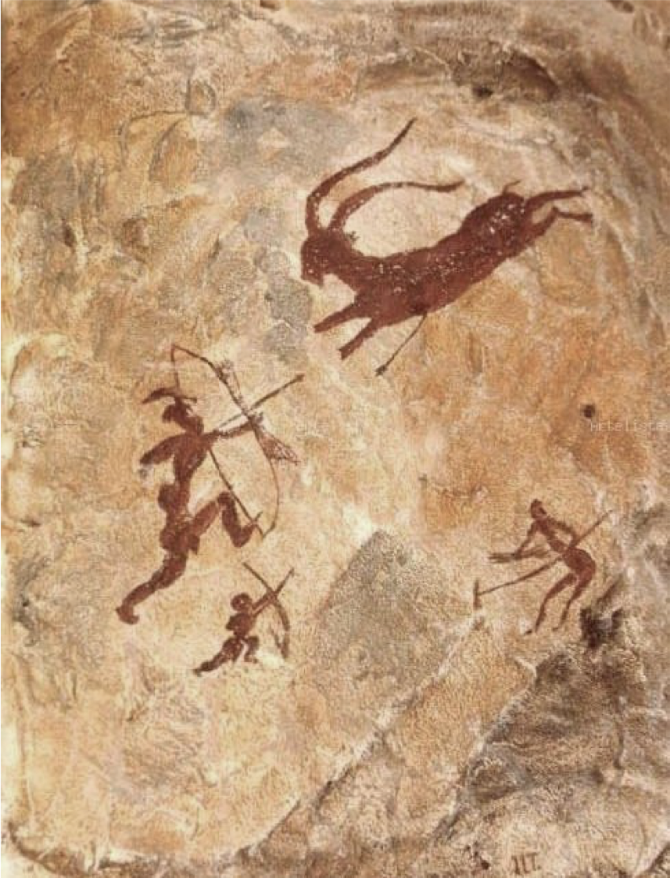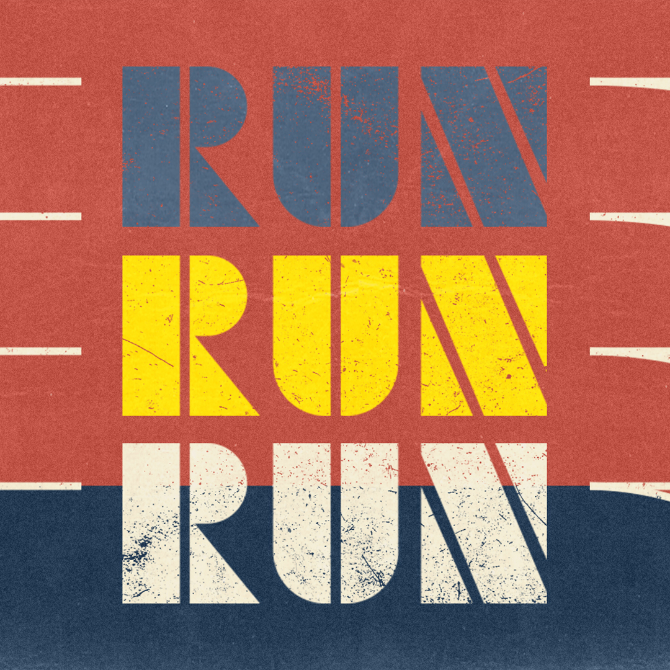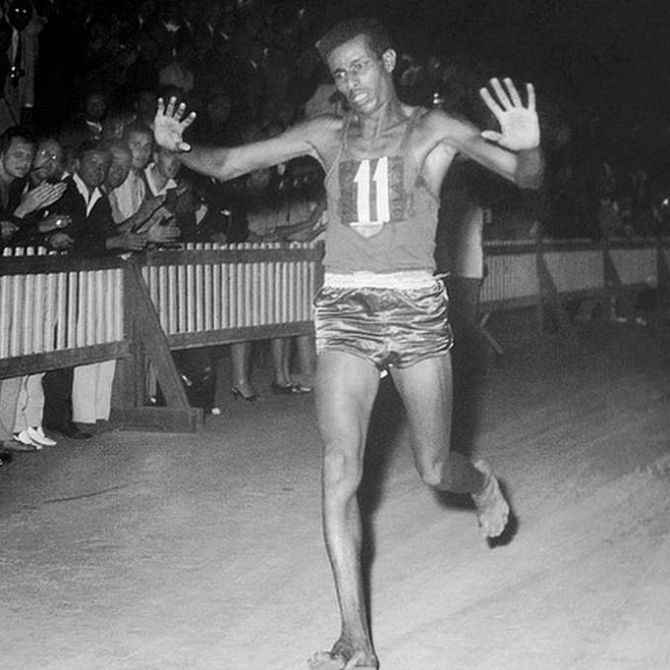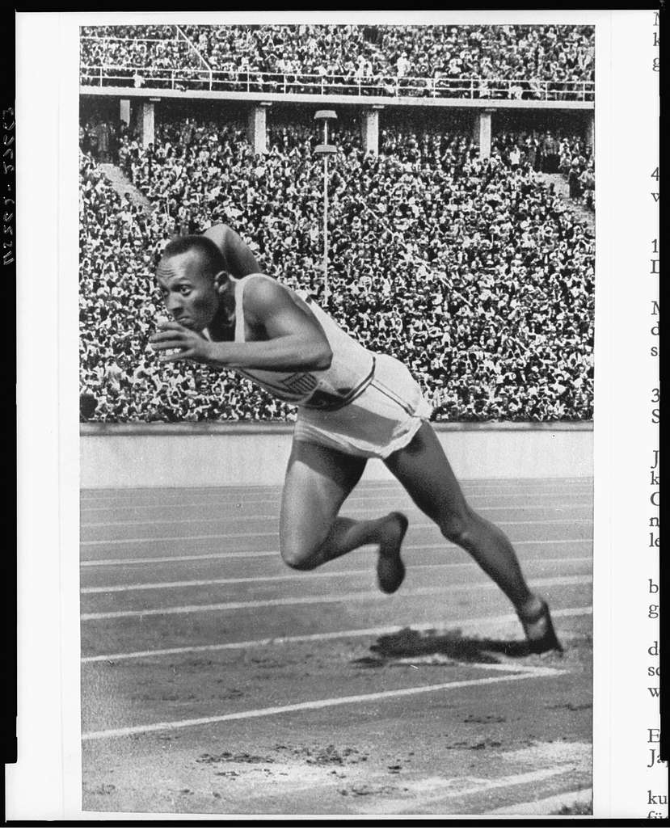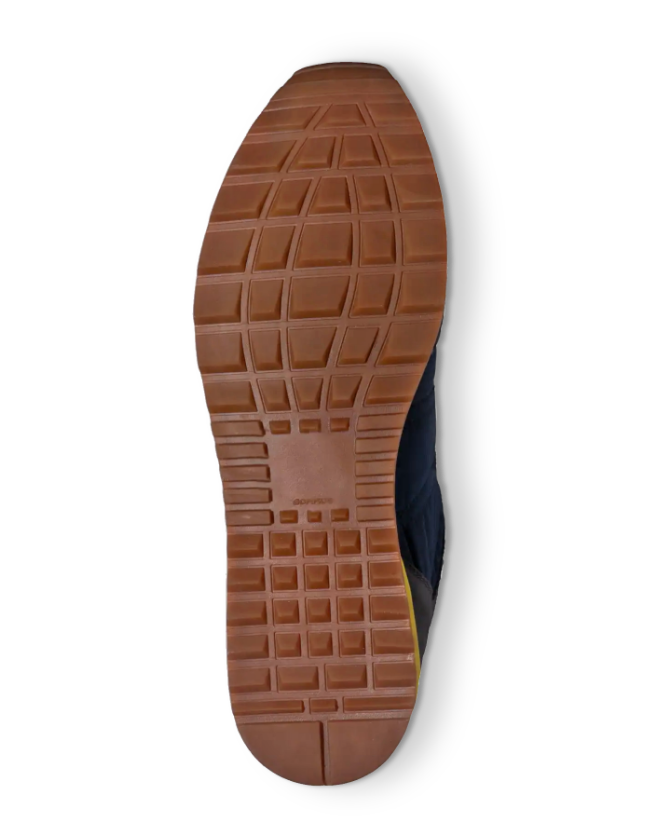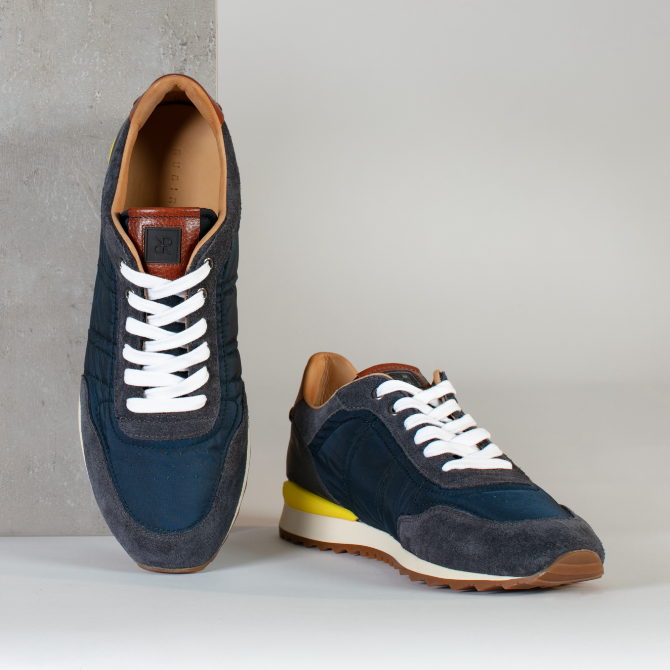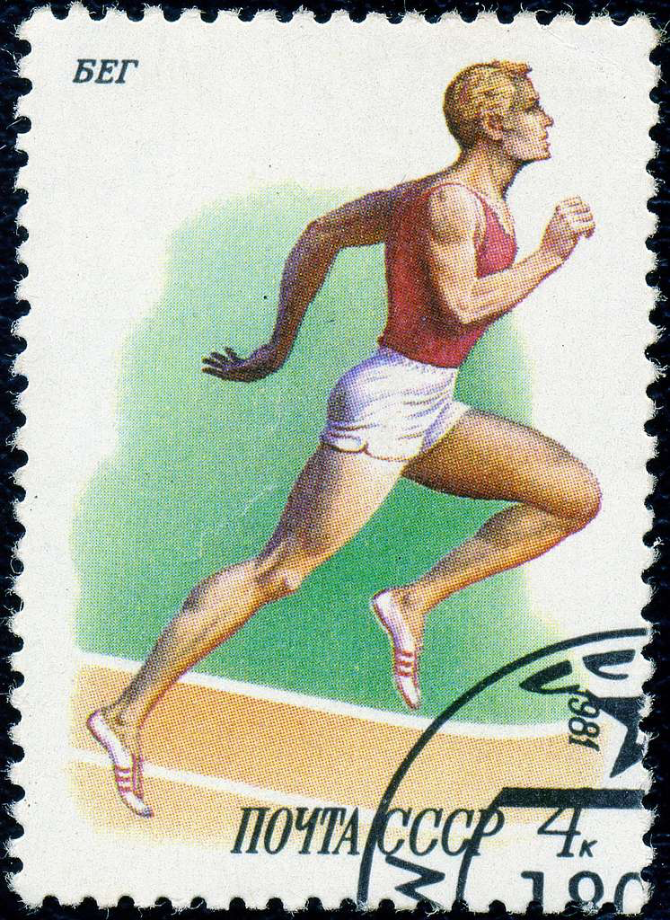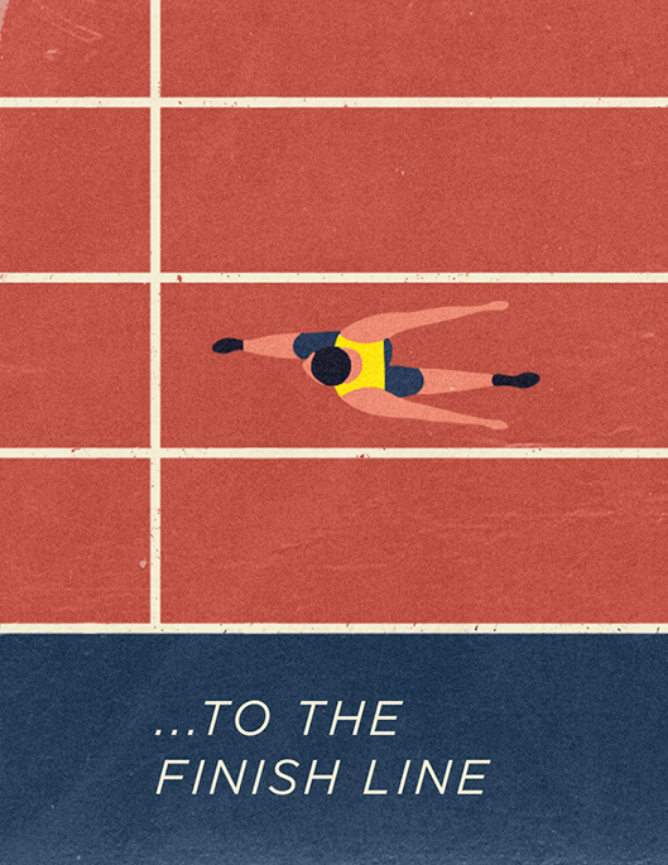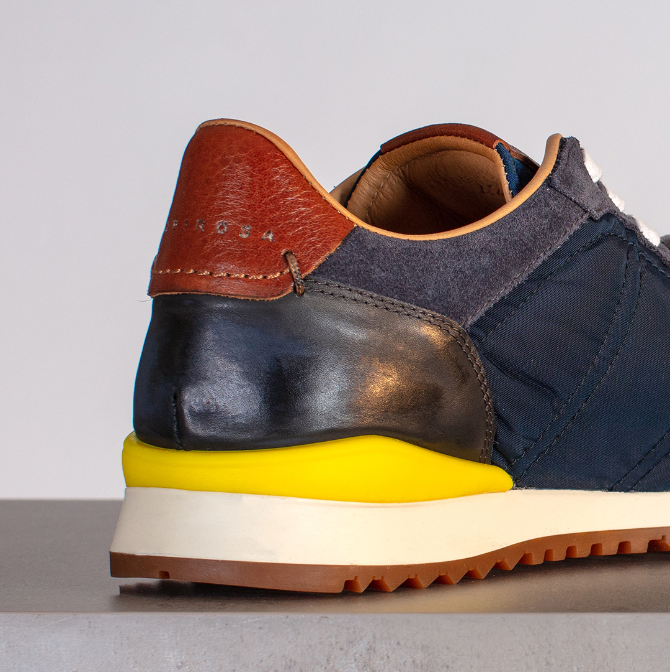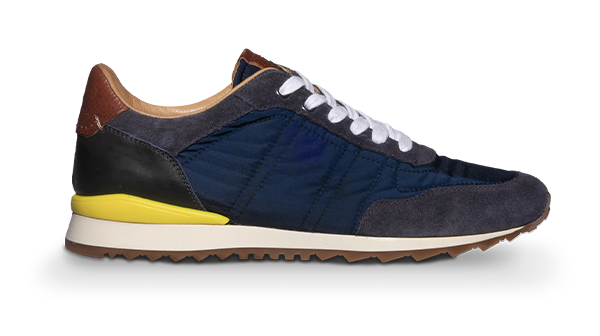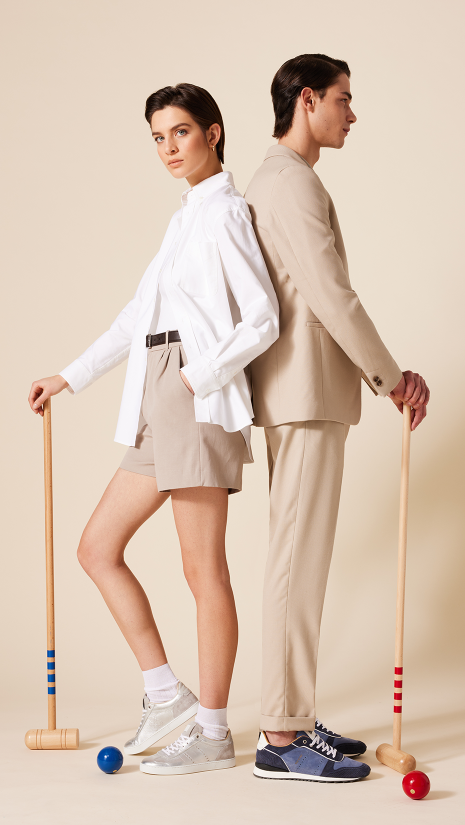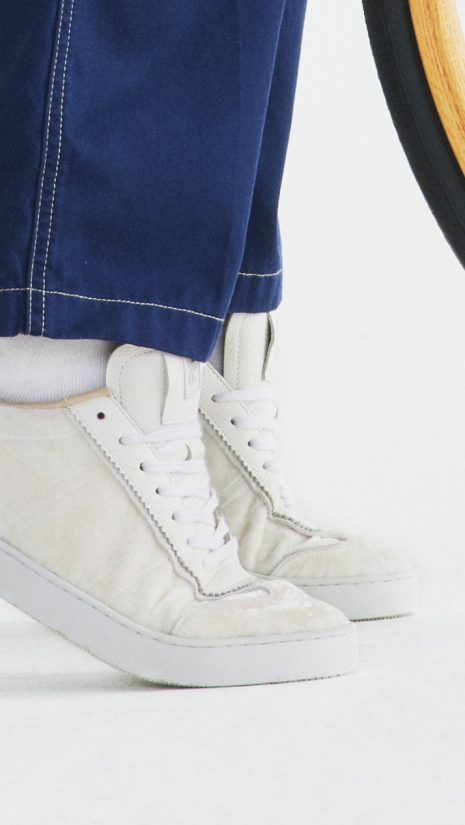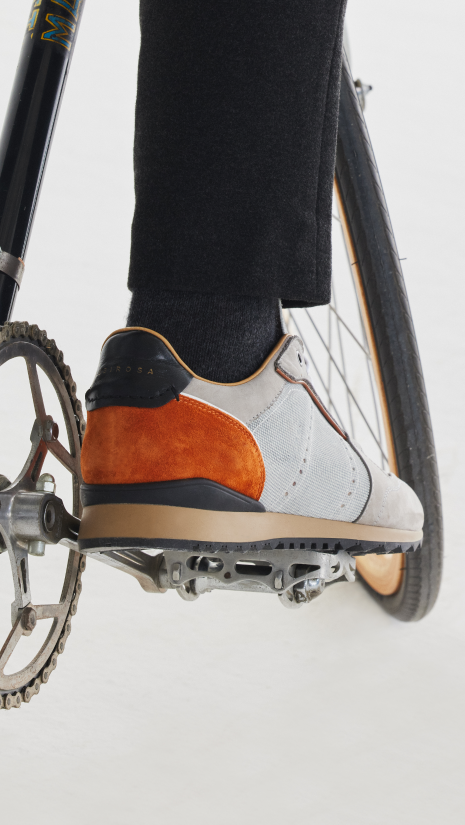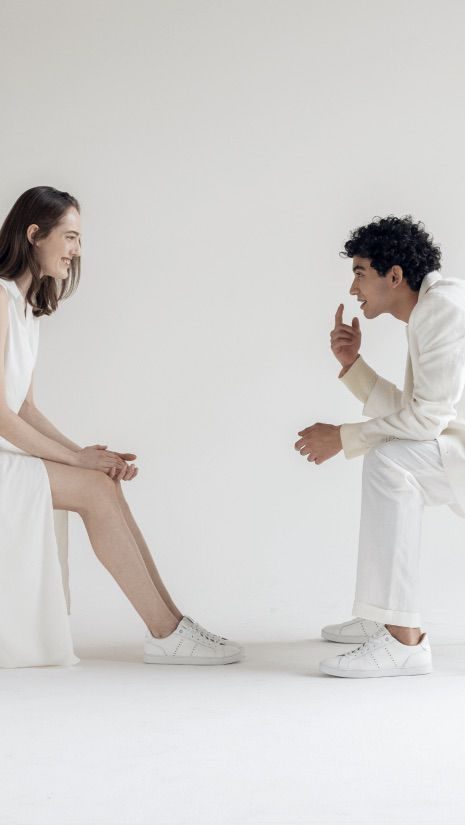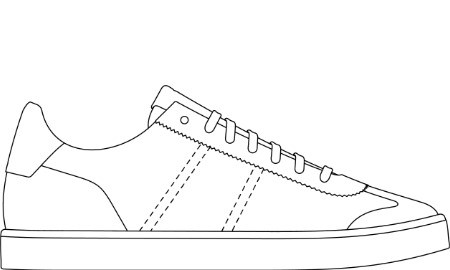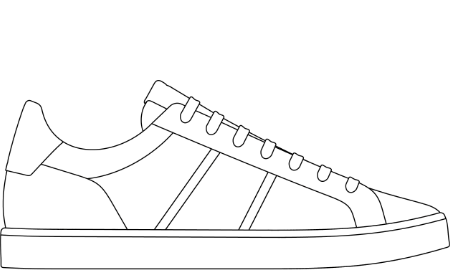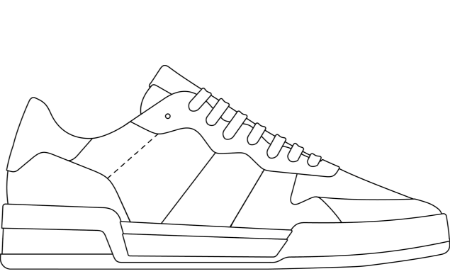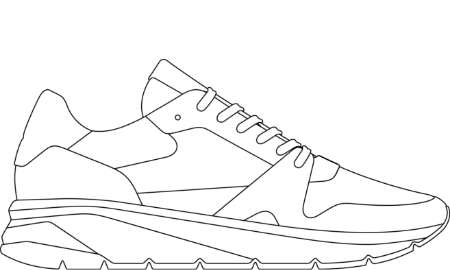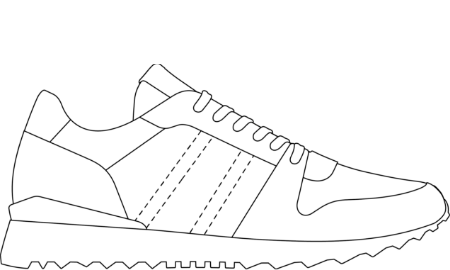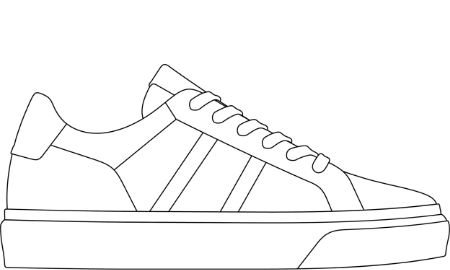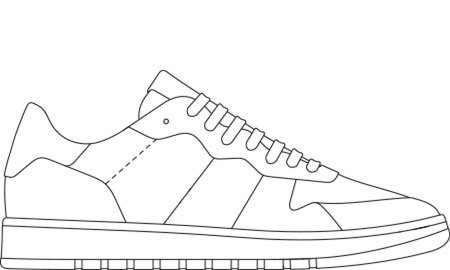Style&Tales
“Run for your love, JOAN” – The nature of running and the quality of endurance
The nature of running and the quality of endurance
We as humans are designed to run.
While many other mammals can sprint faster than humans, when it comes to long distances, our species can outrun almost any animal. Because we cool by sweating rather than panting, we can stay cool at speeds and distances that would overheat other animals.
Early humans most likely developed into endurance runners from the practice of persistence hunting of animals, the activity of following and chasing until a prey is too exhausted to flee.
Competitive running grew out of religious festivals in numerous areas in all the four continents starting from at least 3000 years ago.
